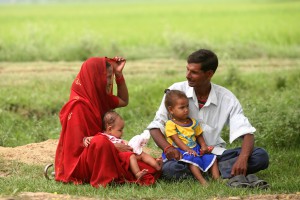Gender
Social protection systems have the potential to transform social and economic gender dynamics. However, to achieve this end, they must be designed taking into account the different types of risks and vulnerabilities to poverty experienced by men and women; the underlying causes of discrimination against and exclusion of women; and explicitly integrate women’s specific needs throughout their life cycle.
The gender gap in social security access is due to several factors: women have less access to labour markets, especially formal labour markets which limits their ability to access contributory schemes as well as employer-provided benefits; women have less access to political power, and due to structural discrimination women tend to have lower levels of education, which means even when social assistance schemes are available, they may be unaware of them.
To eradicate the difference in coverage for men and women, social protection systems should include contributory and non-contributory schemes, as well as pay particular attention to reaching those who are economically dependent, such as women who perform the bulk of unpaid care work. A gender-sensitive approach to rights-based social protection systems should consider income security to be an individual right, rather than a familial one, in order to ensure full coverage for women, who due to social dynamics, may otherwise be unable to access benefits.
Further reading
- Gender-sensitive policy design and implementation
- Women’s empowerment
- Care responsibilities and unpaid care work
Photo credit: “The USAID-funded Suaahara not only engages young mothers, but also fathers and other men of the family to ensure all-round support to improving the health and wellbeing of mothers and babies.” by USAID Nepal (CC BY 2.0 via Flickr).

